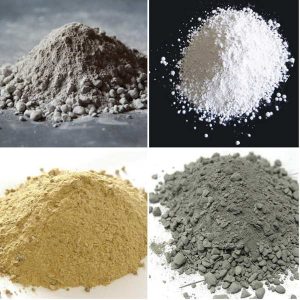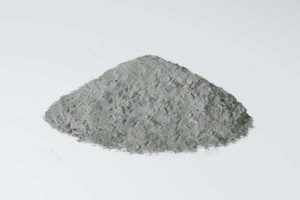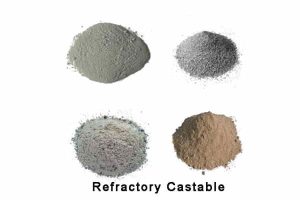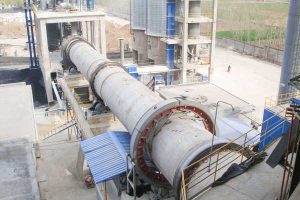Refractory castables are refractory concrete for pouring construction, but there are very strict construction systems and operation specifications, can refractory castables be soaked with water?
The answer is no, it should be mixed evenly with a dry mixer, then add water and mix evenly, and then pour the construction.
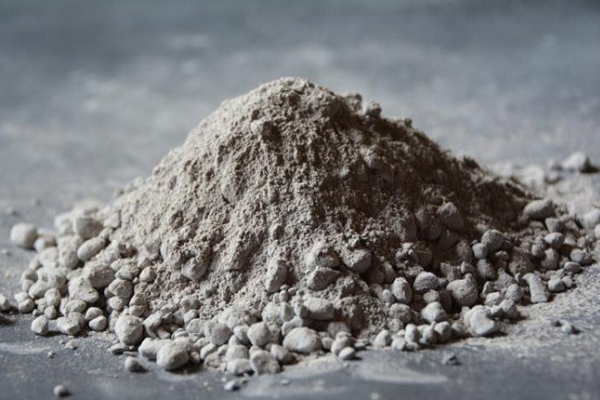
Refractory Castables Not by The High-Temperature Water Rushing Line
It depends on your bonding system, if the cement is bonding, as long as the cement has been completely solidified, whatever you flush is fine. But some bonding agents will not work, such as phosphoric acid bonding, not after high-temperature firing, see the water into a paste.
Refractory Castables Add Water Must Be Careful
At any time, the construction quality of refractory castables is always a concern for manufacturers. For example, if some details in the construction are not paid attention to, it is difficult to improve the construction quality substantially.
Refractory materials are divided into fixed refractory materials and indefinite refractory materials. Indefinite refractory materials usually refer to castables, which are mixed powder particles consisting of various aggregates or refractory aggregates and one or more kinds of binders.
Therefore, it needs to be mixed and stirred well with one or more liquids to have strong fluidity and plasticity.
The structure of the refractory castable depends on the rheological properties of the castable, and the rheological properties of the castable depend on the particle gradation of the castable (i.e. the ratio of aggregate to base material). Generally, it is coarse:medium:fine=(4-6):(2-1):(4-3), which is commonly called “big at both ends and small in the middle”.
At the same time, according to the process requirements of the cement kiln (including process temperature, dust content, etc.) In addition, it is necessary to improve the alkali resistance and wear resistance of the castables.
The compatibility of the castables can not be obtained by simply adding water.
If too much water is added, the aggregate will be separated from the base material, which will affect the performance of the castables and reduce the density, strength, alkali resistance, and abrasion resistance of the castables.
Insufficient water addition, poor construction performance, the material cannot flow normally and achieve dense filling, air bubbles cannot be discharged, and cannot form a tight accumulation will also affect the use performance of the castables.
Therefore, it is very important to control the water addition during the construction of refractory castables.
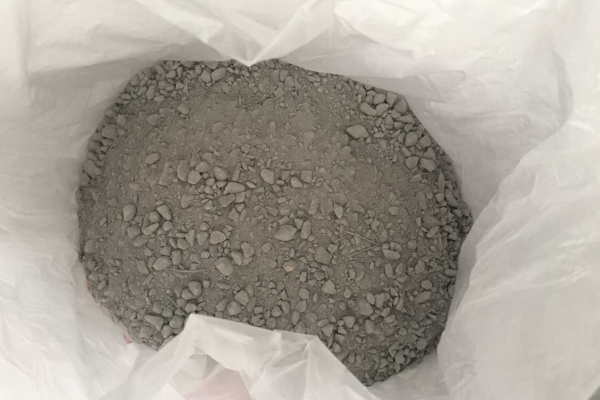
Precautions for Adding Water in The Construction of Refractory Castables
After adding certain materials to the castables, a series of production processes should be carried out to produce the refractory castables, and proper methods should be used to maintain them.
After correct baking, the structure will be put into use. Because the construction process of the castables is also important, it is important to pay attention to the amount of water added during the construction of the castables.
The speed of hardening of the cement in the castables is closely related to the amount of water added. The amount of water added is not only closely related to the variety of cement but also to the shape and nature of the particles.
During masonry, to determine the strength of the castables, the basic water-cement ratio was controlled between 0.4 and 0.6, and the water content of the mix was between 5% and 6%.
The Amount of Water Added During Construction is Not Well Controlled
How should I check if the amount of water added is too much? There are two methods of checking.
1. Spherical test method: After adding water, the castable will become spherical when held by hand. If this sphere is crushed and separated, it means that less water has been added to the refractory castable. If there is a slight flow, then the amount of water added is just right. If it flows immediately, it means that too much water is added to the refractory castable.
2. Vibrator test method: Put a vibrator in the tray of the mixer. After the vibrator is pulled out, if there is a hole in the wear-resistant castable, it means that not much water is added to the castable. If the flowability of the wear-resistant castable is good, the amount of water added to the castable is just right. When water accumulates during vibration, it means that more water is added to the castable.
The amount of water to be added to the castables during construction is not only determined by the material used to make the castables but also by the construction environment. Different environments also determine the amount of water to be added to the castables.
Therefore, it is good to have professional technical guidance from refractory castables manufacturers on-site and consider the local construction environment, dry and wet degree, quality of castables, and other factors in multiple directions to achieve better results.
PER Refractories Factory refractory castables products are recommended: low cement castables, self-flowing castables, insulating castables, high alumina castable refractories, mullite castables, and other castable refractories.

